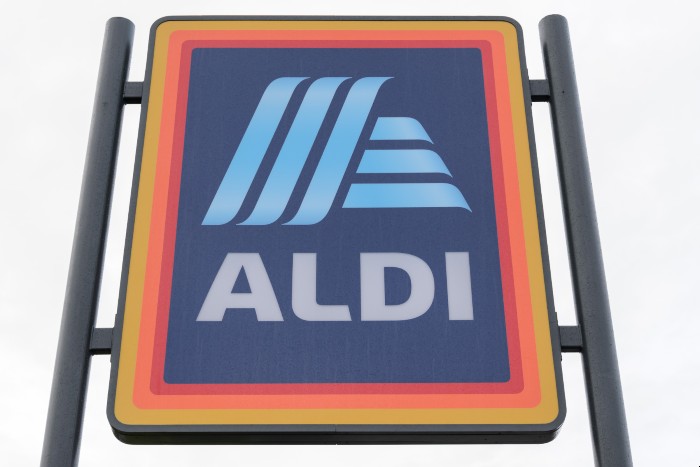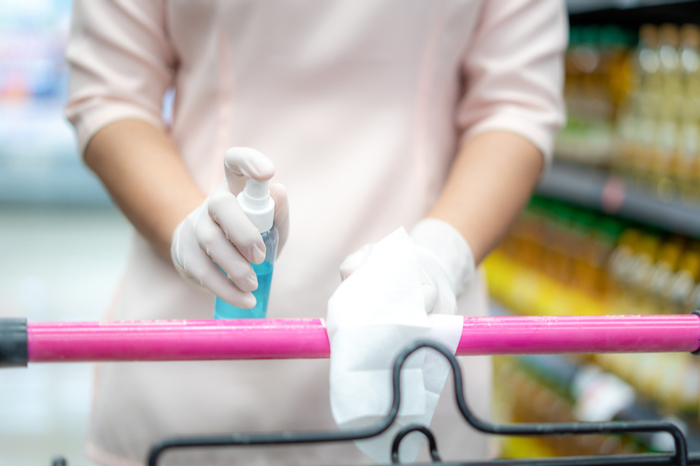How can retailers maintain social distancing once stores reopen

Dhaka, 3 June, 2020: One by one, they executed social distancing guidelines to minimise the risk of Covid-19 transmission. From perspex screens to increased sanitisation, grocers continued to deliver safety measures to allow customers and workers to feel safe in stores at a time when UK death rates were soaring.
Now, as non-food retailers – particularly fashion brands – prepare to reopen their shops in England following the government’s June 15 green light, they’re faced with the challenge of ensuring that social distancing rules are met post-lockdown.
Amid fears a second peak of coronavirus, many shoppers may choose to continue shopping online even after the lockdown has been lifted. This evidently puts more pressure on retailers to establish protective measures in stores in a bid to gain customers’ trust and give them reasons to visit.
“There are challenges for all retailers, and particularly some smaller stores, in implementing social distancing,” BRC business and regulations director Tom Ironside told Retail Gazette.
“However, small convenience stores, grocers, and other essential retailers have already shown it can be done effectively.”
“There are challenges for all retailers in implementing social distancing”
Mike Elliott, chief executive of digital innovation company Over-C, highlighted the importance of social distancing rules post-lockdown.
“Even after lockdown is over, we will need to stay alert to the possibilities of a second peak,” he said.
“As restrictions are lifted, high footfall venues such as retailers will be responsible for ensuring that social distancing measures are put in place.
“In large and small retail venues, digital transformation is going to play a large role in ensuring social distancing rules are met without the need for extra staff and complicated guidelines.
“There are two key areas for retailers to focus on when planning for the ‘new normal’ of post-lockdown – protecting their customers and protecting their frontline staff.”
Elliot added that for retailers to ensure customer protection, technology can help ensure venue capacity can be easily and effectively managed.
“It will allow a simple customer flow system to be implemented,” he said.
“Sensors and people counters can be used to alert staff to areas where maximum capacity has been reached and, in larger venues, sensor data can then alert staff at the front of a shop or shopping centre and stop people from coming in.
“This will ensure capacity is never exceeded inside the venue and will enable more effective social distancing.”
In fact, last week German discounter Aldi revealed it was launching a new “automated traffic light system” across its entire UK store estate to limit the number of shoppers allowed in stores at any one time.

Aldi launched a new “automated traffic light system” in its UK stores.
Following a successful trial of the technology, Aldi will roll the system out nationwide. Each individual store will have a specific number of customers it can allow in the store to enable two-metre social distancing.
However Charles Spencer, head of health and safety at employment consultancy Ellis Whittam, told Retail Gazette that Aldi’s new system will not be feasible in all retail outlets.
“Although the traffic light system would not be implemented, all retail outlets can and should regulate customer entry to reduce the risk of people coming into close proximity with one another,” he said.
Former Ikea digital transformation director Michael Valdsgaard agreed: “Strategies that work for supermarkets won’t work everywhere.
“Treating non-essential customers like supermarket shoppers will be as big a mistake after lockdown as it was before.
“Think about what non-essential shoppers are going to want when stores reopen: we are all equally starved for good news and want to feel excited about the future.”
“Stores may soon be able to reopen, but don’t expect customers to be waiting at the door”
Valdsgaard added that retailers should not just rely on socially-distanced shopping as their pitch to welcome back customers.
“If the only changes stores make over lockdown are to comply with new requirements, the high-street is just reopening with a worse experience,” he said.
“Stores may soon be able to reopen, but don’t expect customers to be waiting at the door.
Suzi Bentley-Tanner, strategy director at consultancy firm Engine Transformation, suggested that retailers can offer a one-way system.
“Similar to Ikea – so that customers are able to walk around the store while easily following rules of distancing,” she said.
“Click and collect has helped retailers during lockdown and can continue to be an option, especially if collection hubs are outside the store, to avoid additional footfall and queues at checkout.”
Tautvydas Karitonas, R&D manager at decontamination specialists Inivos, said that while maintaining an appropriate distance from others is one of the most effective ways of limiting viral spread, the SARS-CoV-2 micro-organism – which causes the Covid-19 virus – can survive on some surfaces for days.
“Simply asking shoppers to keep their distance is not enough to limit transmission,” he said.
He added that retailers need to rely on deep intensive cleaning practices to stop the spread, while fashion brands can schedule regular, proactive decontamination of the shop floor, changing rooms and staff rooms.

All stores will need to put increased hygiene practices in place.
Adhering to the new guidelines may not be the main challenge for retailers. Non-essential stores will undoubtedly struggle in the long run to tell people how to queue, what to touch and what to wear, when they know customers can avoid all of this online.
Stores must be ready to work twice as hard and be 10 times more creative to justify each visit, especially since there has been a huge shift towards online shopping since the government-mandated lockdown came into place in late March.
Retailers cannot eliminate the virus but can reduce its severity by implementing control measures. By completing a risk assessment, retailers can ensure that effective control measures are introduced to keep members of staff, contractors, and customers as safe as possible.
Traffic light systems, two-metre queues and face mask enforcements can make the guidelines easier to follow – to an extent. But retailers will need to go further to reduce the need for physical contact.

